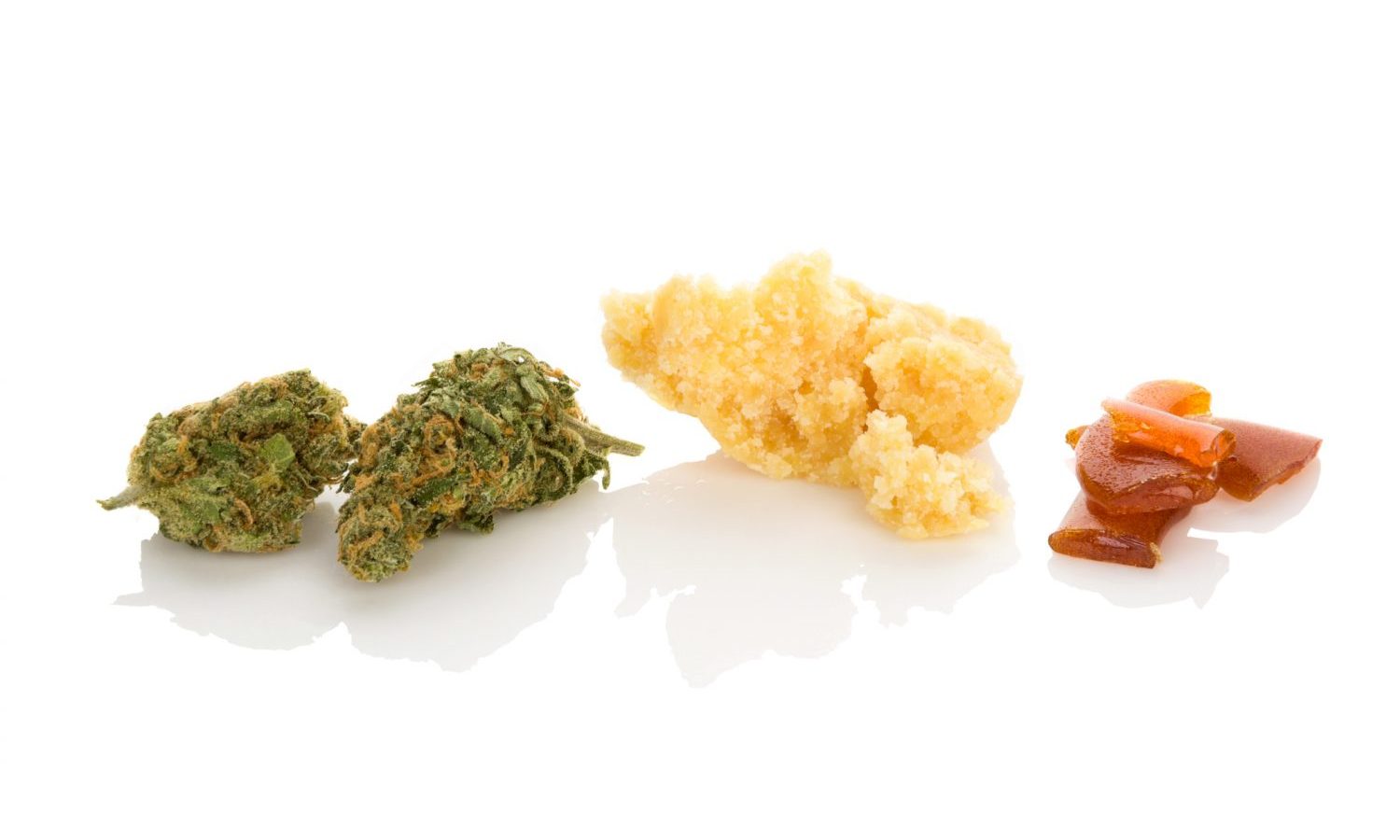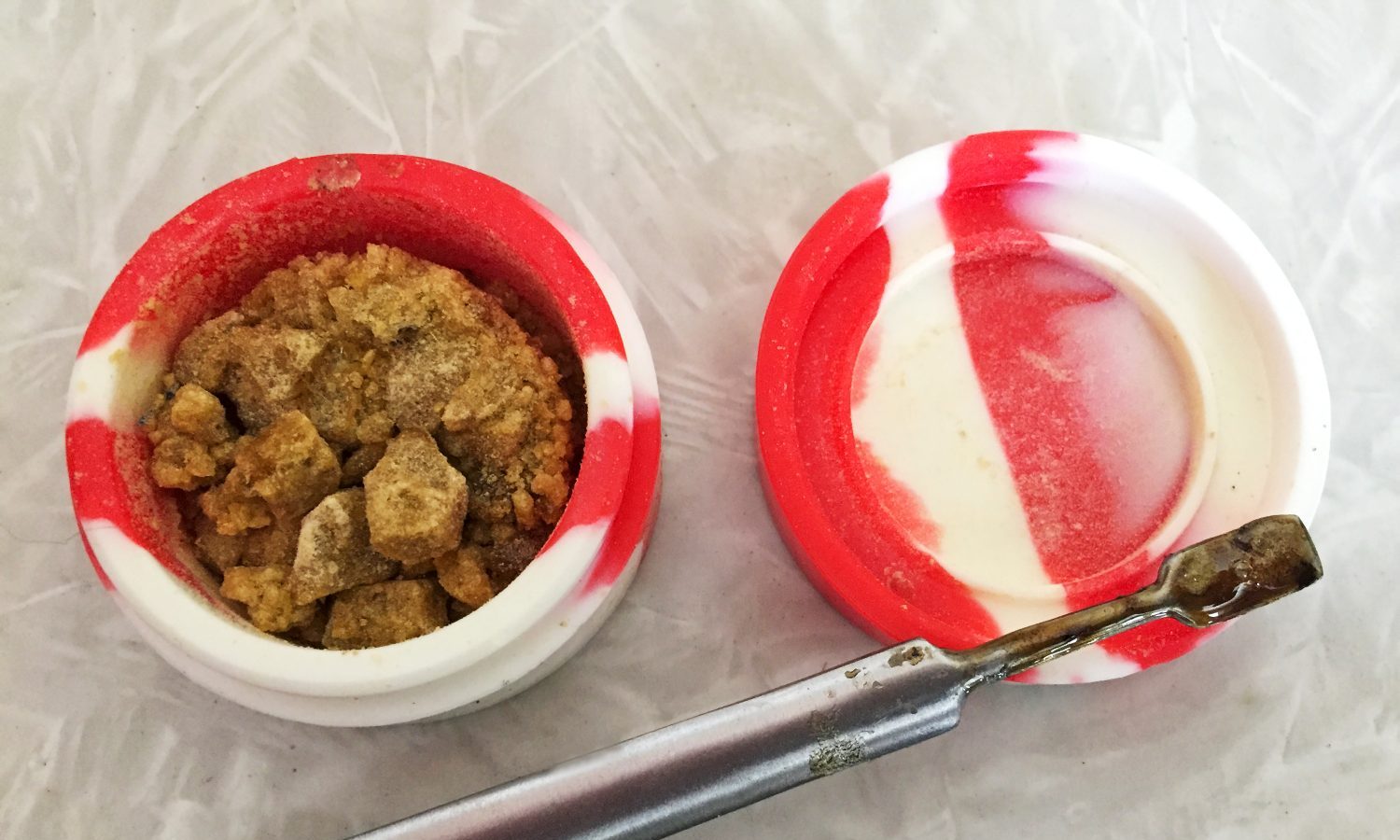If you are new or new”ish” to cannabis, it can be a fun adventure with lots of thing – like what is CRC?
Cannabis is legal in some form in 40 states and the DEA has been advised to reschedule it. It has become more mainstream as the majority of the population believe it should be legal. Smoking, long the most popular way to consume has given away to vaping and edibles. Like alcohol, there are dozens of way to enjoy it – and one is CRC.
CRC (color remediation column) is a type of cannabis extract that is made using a process called “column chromatography.” It was initially started to remove dark colored substances left over from low-quality extraction, which signaled to the consumer its low grade.
The process makes the extract appear lighter, as lighter color extracts are associated with high quality. The idea was to enhance the visual aesthetic of a cannabis extract so it would sell better.
CRC has started to become a mainstream practice used by legal and illicit manufacturers to enhance the appearance of cannabis extracts. CRC has evolved and is now used to remove pesticides, unpleasant flavors, and other wanted byproducts.
CRC is most commonly used with butane hash oil. The color of low-grade hash oil changes from nearly “black, or dark brown, to light gold, or even white” when it undergoes CRC.
What is CRC extraction?
CRC extraction is a post-extraction process that uses technology to enhance the appearance of cannabis extracts and concentrates.
Column chromatography works by using a column (often a steel cylinder) and packing it with a filtration medium. Common filtration mediums include:
- Activated bleaching earth (used to remove colors)
- Activated carbon/charcoal (paired with activated silica gel to withdraw chlorophyll)
- Activated silica gel (used to remove very dark colors from an extract)
- Bentonite clay (used to remove colors and impurities)
- Diatomaceous earth (helps to create a fine filtration process)
- Magnesol (used to remove colors and impurities)
- Sand (used to remove impurities)
- T5 clay (remove colors and impurities)
The cannabis concentrate is then pushed through filtering mediums that result in the removal of color-impacting pollutants and other impurities. Pollutants and impurities that can be removed (depending on the filtration medium) include:
- Chlorophyll
- Carotene
- Lipids
- Lycopene
- Pheophytins
- Xanthophyll
One of the downsides of CRC is that it will also strip a concentrate of its terpene content. A way to tell if an extract or concentrate has undergone CRC is the smell. It may smell of chemicals, or may smell excessively fruity or earthy, indicating that it may have had terpene infused to attempt to restore the original flavor profile.

Is CRC wax bad for you?
This question is up for debate. A manufacturer who uses CRC will say CRC is safe, while a cannabis consumer advocate might not.
The debate is rooted in the fact that cannabis lab tests that deem if a product is safe for consumption do not currently test for CRC filtration mediums. As a result, a cannabis concentrate can be approved for sale despite containing contaminants from CRC filtration.
RELATED: Guess What Is Gumming Up The Marijuana World
Some people believe CRC wax is not safe because:
- There is no regulation and testing for filtration mediums in the end product
- Long-term studies show that miners who inhaled bentonite clay and diatomaceous earth experienced respiratory damage, so vaping extracts that have trace amounts of bentonite clay and diatomaceous earth could lead to respiratory harm
- Bentonite clay can have elevated levels of lead
- The inhalation of silica gel can cause respiratory damage
- Manufacturers claim filtration materials are safe for use because the Food and Drug Administration (FDA) deemed them as “safe” but the safety approval only applies to ingested food products that could impact the stomach the approval does not apply to not inhaled products that impact lung tissue
- When CRC manufacturers push too much extract through a filtration medium at once, the filtration doesn’t work properly and results in contaminants in the final product
- Activated carbon from natural sources can release carcinogenic metabolites such as benzopyrenes
- Not switching out activated carbon mediums can result in the activated carbon breaking down and releasing heavy metals when overuse.

In theory, if a manufacturer properly does CRC extraction, the concentrate could come out with fewer contaminants.
RELATED: What Is Kief And How Do You Use It?
If you are concerned about contaminants in your cannabis concentrates, ask your budtender if the product you’re interested in underwent CRC and what filtration mediums were used.
Key takeaways about CRC extracts
- CRC, or color remediation column, is a process used in the cannabis industry to remove impurities from extracts and enhance visual aesthetics.
- The debate surrounding CRC wax is whether or not it is safe for consumption. At the time of writing this, cannabis labs do not test for residual filtration mediums, so it’s hard to state definitively whether or not CRC-processed extracts are safe.
- Long-term exposure to some of the materials used in CRC processing (such as bentonite clay and diatomaceous earth) can be harmful to respiratory health.
- If you’re interested in purchasing a CRC extract, you can ask your budtender what filtration methods were used.


